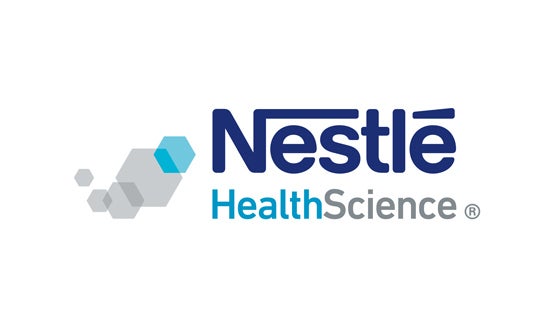
Nestlé Health Science presents first data with specialty formula for the management of Cow’s Milk Protein Allergy containing Human Milk Oligosaccharides at 2019 EAACI annual meeting
Epalinges, Switzerland, June 6, 2019
Nestlé Health Science has presented evidence from a hypoallergenicity trial proving that the whey-based extensively hydrolyzed formula (Althéra) containing two Human Milk Oligosaccharides is suitable for infants with Cow’s Milk Protein Allergy.
The data was presented at the annual congress of European Academy of Allergy and Clinical Immunology (EAACI) in Lisbon on June 4, 2019. It is the first ever trial testing an EHF supplemented with HMO: 2’fucosyl-lactose (2’FL) and lacto-N-neotetraose (LNnT), a specific blend developed by Nestlé.1
The trial assessed a whey-based extensively hydrolyzed specialty formula (EHF) for the management of Cow’s Milk Protein Allergy (CMPA) supplemented with two Human Milk Oligosaccharides (HMO) for clinical hypoallergenicity and safety.
The whey-based EHF study formula (Althéra®) was supplemented with 2’FL and LNnT. It was shown to be tolerated by 98% of infants and children with CMPA, confirming hypoallergenicity according to the criteria set by the American Academy of Pediatrics.
HMO are non-digestible carbohydrates which make up the third largest solid component in breast milk, after lactose and lipids. While protective benefits of HMO have been investigated for several decades, the production of breast milk-identical HMO has only recently become technically feasible.
The positive role of HMO is highlighted by Professor Anna Nowak-Wegrzyn of the Icahn School of Medicine at Mount Sinai in New York, USA who led the trial that confirmed hypoallergenicity in the whey-based EHF. “HMO are complex, unconjugated glycans abundant in human milk. HMO survive in the GI tract and influence colonic microbiota. HMO bind to surface receptors on the gut epithelial and immune cells, and act as soluble decoy receptors to block the attachment of pathogenic microbes to cells.” The addition of the two HMO has previously been shown to reduce the risk of viral and bacterial infections associated with diarrhea and respiratory diseases in healthy infants.2,3,4
CMPA impacts up to 3% of infants and is associated with digestive, skin, respiratory and other symptoms.5 It is known to compromise the gut microbiome. Infants with CMPA that cannot be breast-fed may therefore benefit from the gut modulating properties of adding HMO.
Professor Herald Renz, from Philipps University Marburg, Germany spoke at the Satellite Symposium at EACCI, at which the trial results were discussed. He highlighted the importance of addressing the microbiome in early immune development and allergies. “The establishment of a stable gut microbial community closely tracks host growth and immune development. Delayed or altered establishment of microbial communities leads to microbiome immaturity, which has been associated with an increased risk of allergies, including food allergies. Nutritional strategies to support microbiome development may complements the existing treatment of Cow’s Milk Protein Allergy.”
Nestlé Health Science is committed to the research of HMO in the CMPA population and more clinical evidence will be presented later this year.
IMPORTANT NOTICE: Mothers should be encouraged to continue breastfeeding even when their infants have cow’s milk protein allergy. This usually requires qualified dietary counseling to completely exclude all sources of cow’s milk protein from the mothers’ diet. If a decision to use a special formula intended for infants is taken, it is important to give instructions on correct preparation methods, emphasizing that unboiled water, unsterilized bottles, or incorrect dilution can all lead to illness. Formula for special medical purposes intended for infants must be used under medical supervision.
References
- Hypoallergenicity of a whey-based, extensively hydrolysed infant formula containing two human milk oligosaccharides: Anna Nowak-Wegrzyn, Laura Czerkies, Kemuel Reyes, Barbara Collins, Ralf G. Heine. Abstract presented at the annual EAACI congress in Lisbon June 1-5, 2019.
- L. Bode: Human milk oligosaccharides: every baby needs a sugar mama. In: Glycobiology. Band 22, Nummer 9, September 2012, S. 1147–116
- D. S. Newburg, Y. He: Neonatal Gut Microbiota and Human Milk Glycans Cooperate to Attenuate Infection and Inflammation. In: Clinical obstetrics and gynecology. Band 58, Nummer 4, December 2015, S. 814–826
- Ballard O, Morrow AL. Human milk composition: nutrients and bioactive factors. Pediatr Clin North Am 2013;60:49-74.
- Høst A. Frequency of cow’s milk allergy in childhood. Ann Allergy Asthma Immunol 2002;89(Sup1):33-7.
